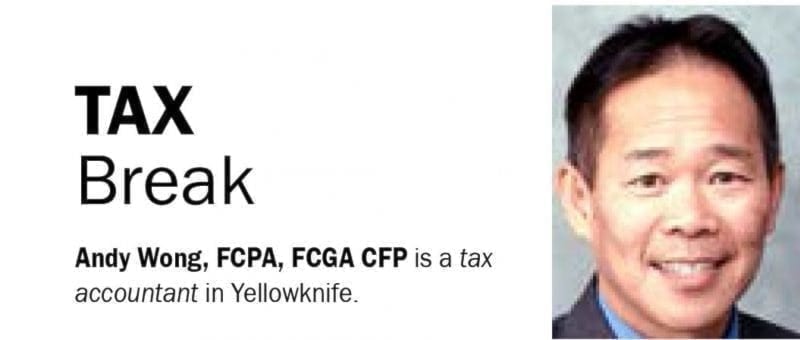I had lunch with a few twenty-something youngsters recently. Since this is Registered Retirement Savings Plan (RRSP) season, one of them - ‘John’ - asked, “What’s an RRSP and what can it do for me”? That basic question surprised me. His friend, -’Rick’-, an employee in an accounting firm, piped in and exclaimed, “I bought an RRSP last year and I lost money – RRSPs are useless”!
It dawned on me then that the ABCs of an RRSP is not intuitive. Here’s a brief primer on this effective retirement savings tool for Canadians.
An RRSP is a tax-assisted savings plan with two big advantages.
Firstly, an RRSP contribution reduces your taxes. For example, you reduce your income by $10,000 if you contribute $10,000 into your RRSP. Reducing your income reduces your taxes so buying an RRSP reduces your overall taxes.
To be specific, if your income is about $150,000 (or $80,000) and you purchased $10,000 of RRSPs, your tax refund is about $4,300 (or $2,900), for tax savings of 43 per cent (or 29 per cent). The actual refund for an NWT resident is a bit more, whereas the actual refund for an NU resident is less, because of the different tax rates in the two territories.
As you expect, there is a catch. Any money withdrawn from your RRSP is income in the year of withdrawal. But here’s the point. You are likely contributing to, and deducting your RRSP in your high-income years which save you a significant amount of taxes. And you are likely cashing out your RRSPs in your lower-income retirement years and paying lower taxes. In essence, your RRSP saves you money by handing you a big refund going in and dinging you for less going out.
The second benefit of an RRSP is tax-deferred growth. That’s a fancy way of saying an RRSP is a wealth builder because any investment income earned in an RRSP is not taxed until you cash out. Therefore, any capital gains, dividend or interest earned within an RRSP remains tax-free.
The core take away idea is simple: an RRSP contribution reduces taxes and allows your investment income to grow tax-free.
This brings us to question raised by a reader. “Please explain how using an RRSP to purchase stocks work”? Let’s say you contributed $20,000 into your RRSP account. The cash was used to buy $20,000 worth of stocks, say, 200 RBC stocks, priced at $100 each. The stock pays a 3 per cent dividends annually. The $600 of annual dividend is not taxable because it is earned inside, and stays, your RRSP account. Say you cashed out your RRSPs in 10 years and the RBC stock has grown to $150 each. Your RRSP withdrawal of $36,000 ($30,000 from the stock sale, and $6,000 from 10 years of dividends) is fully taxable as income.
Caution: investing in the stock market carries big risks. Stock prices will go up or down over time and you can lose money. And to counter Rick’s point – losing money in your RRSP does not make your RRSP useless. It just meant you didn't pick the right investment.
You must contribute into your RRSP by March 1, 2018 to claim it on your 2017 tax return. You also must have sufficient RRSP contribution limit, as provided on your 2016 Notice of Assessment issued by the Canada Revenue Agency.
In retrospect it was a satisfying lunch. John did contribute the maximum amount into his RRSP and made a flying leap towards his Freedom 55.
